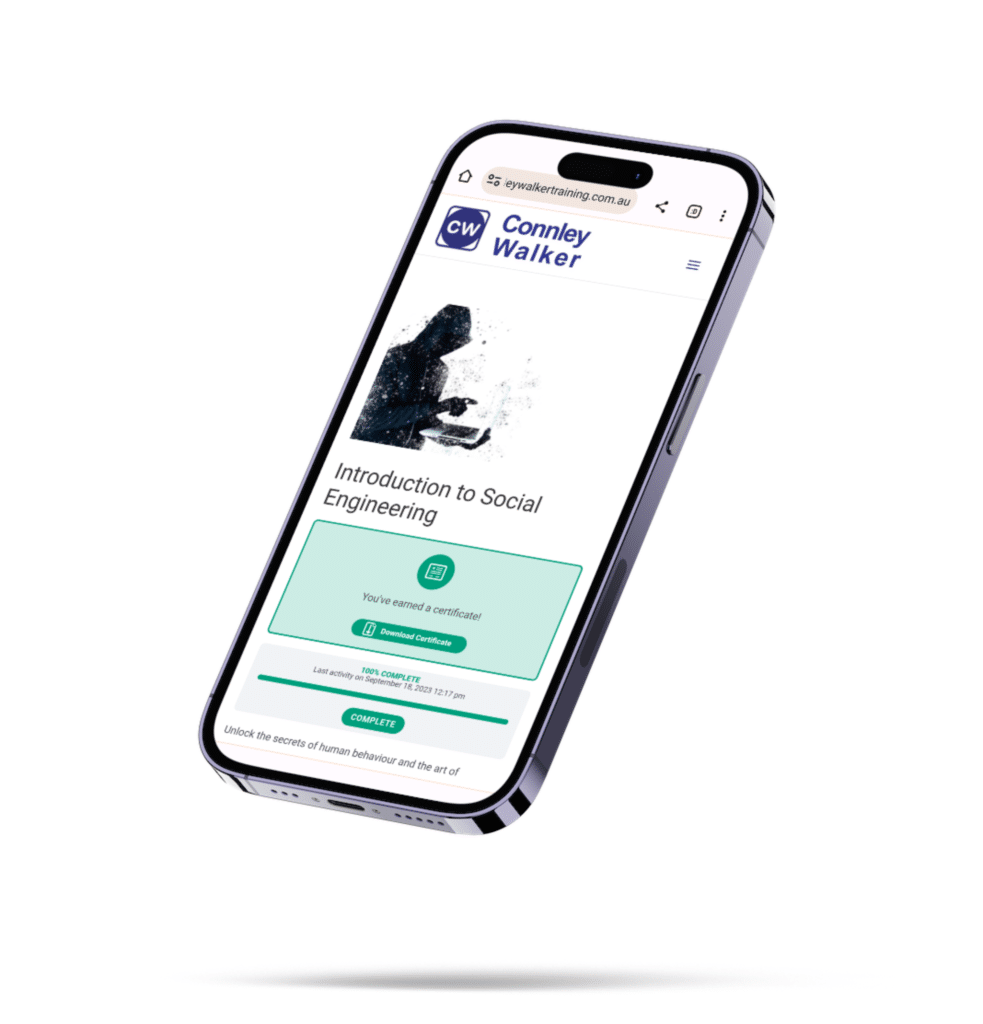
Mitigating Insider Threats: Strategies For Preventing Physical Security Breaches
Understanding Insider Threats
An insider threat refers to any malicious or unintentional action by an individual with authorised access to an organisation’s resources, systems, or sensitive information. This includes employees, contractors, partners, or any person affiliated with the organisation. Insider threats can arise from various motivations such as financial gain, revenge, ideology, or negligence.
Implications for Physical Security
Insider threats can manifest in physical security breaches, potentially resulting in theft, sabotage, or unauthorised access to sensitive areas. Such breaches can compromise the safety of personnel, assets, and critical infrastructure. Recognising the importance of physical security, organisations must adopt proactive measures to prevent and mitigate insider threats effectively.

Strategies to Mitigate Insider Threats in Australia
Implement a Robust Access Control System:
Deploy a comprehensive access control system that restricts physical access based on individuals’ roles, responsibilities, and clearance levels. This system should include mechanisms such as access cards, biometric authentication, and video surveillance to ensure accountability and deter unauthorised access.
Establish a Strong Security Culture:
Promote a culture of security awareness and responsibility among all employees. Regularly educate staff about the risks associated with insider threats, the importance of reporting suspicious activities, and the consequences of security breaches. Conduct security training programs, workshops, and awareness campaigns to foster a security-conscious workforce.
Conduct Thorough Background Checks:
Prior to hiring employees or engaging contractors, conduct thorough background checks to validate their credentials, employment history, and criminal records. This process ensures that individuals with a history of misconduct or potential vulnerabilities are not granted access to critical areas or sensitive information.
Apply the Principle of Least Privilege:
Adopt the principle of least privilege, granting employees only the access and permissions necessary for their job functions. Regularly review and update access privileges based on changes in roles or responsibilities, ensuring that individuals have the minimum required access required to perform their tasks.
Implement Monitoring and Auditing:
Deploy surveillance cameras, motion sensors, and intrusion detection systems to monitor high-security areas. Implement regular audits of physical access logs, security camera footage, and other relevant records to identify any suspicious activities or patterns that may indicate insider threats.
Foster Reporting Channels:
Establish confidential reporting channels that allow employees to report any suspicious behavior or potential insider threats. Encourage a culture of trust, ensuring that employees feel safe and supported when reporting concerns. Promptly investigate and respond to all reported incidents.
Mitigating insider threats is a critical aspect of maintaining physical security within organisations. By understanding the nature of insider threats and implementing effective strategies, Australian professionals can significantly reduce the risk of physical security breaches. By employing robust access control systems, fostering a strong security culture, conducting thorough background checks, applying the principle of least privilege, implementing monitoring and auditing measures, and fostering reporting channels, organizations can enhance their overall security posture and protect against insider threats.
Contact Us
FIll out the form below and we will contact you as soon as possible

Connley Walker is an independent group of licensed security consulting professionals with engineers specialising in physical and cyber security and risk management.
Copyright ©2023 Connley Walker Holdings Pty Ltd. All Rights Reserved.
LICENCES AND REGISTRATIONS
ACT – Security Master Licence No. 17502533.
NSW – Security Master Licence No. 409109204.
NT – No licence required.
QLD – Security Firm Licence No. 3255594.
QLD – Registered Professional Engineers No. 21615.
SA – Exempt from a licence as Engineers (Security and Investigation Industry Regulations Part 2, 5 (1) (b)).
VIC – Registered Building Practitioners No. EE21166.
VIC – Private Security Business Registration No. 720-062-90S.
TAS – Building Service Provider Licence No. 363589169.
WA – Security Agent Licence No. SA56167.
CREDENTIALS AND AFFILIATIONS
ISO 9001:2015 Quality Assured.
SCEC Endorsed Security Zone Consultants (Registration Number 0075).
Pre-qualified consultants to the Victorian Government.
Pre-qualified consultants to the NSW Government.
Pre-qualified consultants to the NT Government.
Pre-qualified consultants to the Tasmanian Government.
Represent Engineers Australia on Australian Standards for Security.
Members of Australian Security Industry Association Limited (ASIAL).
Members of Australian Institute of Project Management (AIPM).
Members of Engineers Australia.
Federal Government Endorsed Suppliers.
CONTACT US
POSTAL ADDRESS:
16 Grey Street
Caulfield South, Victoria 3162
PHONE:
